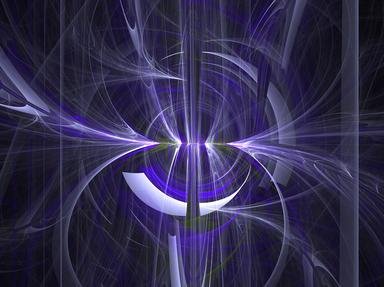Quiz Answer Key and Fun Facts
1. "Color" is the name given to the chromatic components of appearance. Which is NOT a chromatic attribute?
2. Color can be defined as what type of response?
3. Despite light sources being very important to the perception of color, objects that we are familiar with do not seem to significantly vary with changes in lighting or conditions. For example, your clothes appear to be the same color as you move from your house/apartment (incandescent light) to outside (daylight) to the supermarket (fluorescent light). What is this phenomenon called?
4. An "illuminant" is the term used to describe the light energy that hits an object. What is used to refer to the color of illuminants?
5. When two objects with different reflectance spectra appear to have the same color under certain illuminants and not others, it is called:
6. Instrumental color analysis relies on "standard observer" models to match the subjective response of color to spectral data. Which of these models was established first?
7. Color data is reported using coordinates in a "color space". Which of these color spaces is not like the others?
8. The "viewing geometry" is the term used to describe the angles between the light source, object, and observer (or detector). What viewing geometry is NOT used in color analysis?
9. What light source is used for most color analysis instruments?
10. When performing an instrumental analysis of color, when should you include the specular component?
Source: Author
jcpetersen
This quiz was reviewed by FunTrivia editor
crisw before going online.
Any errors found in FunTrivia content are routinely corrected through our feedback system.

